Tyler Mitchell’s first monograph is an ode to Black freedom
Sensuous images of carefree Black youth in I Can Make You Feel Good articulate the American photographer’s vision of utopia
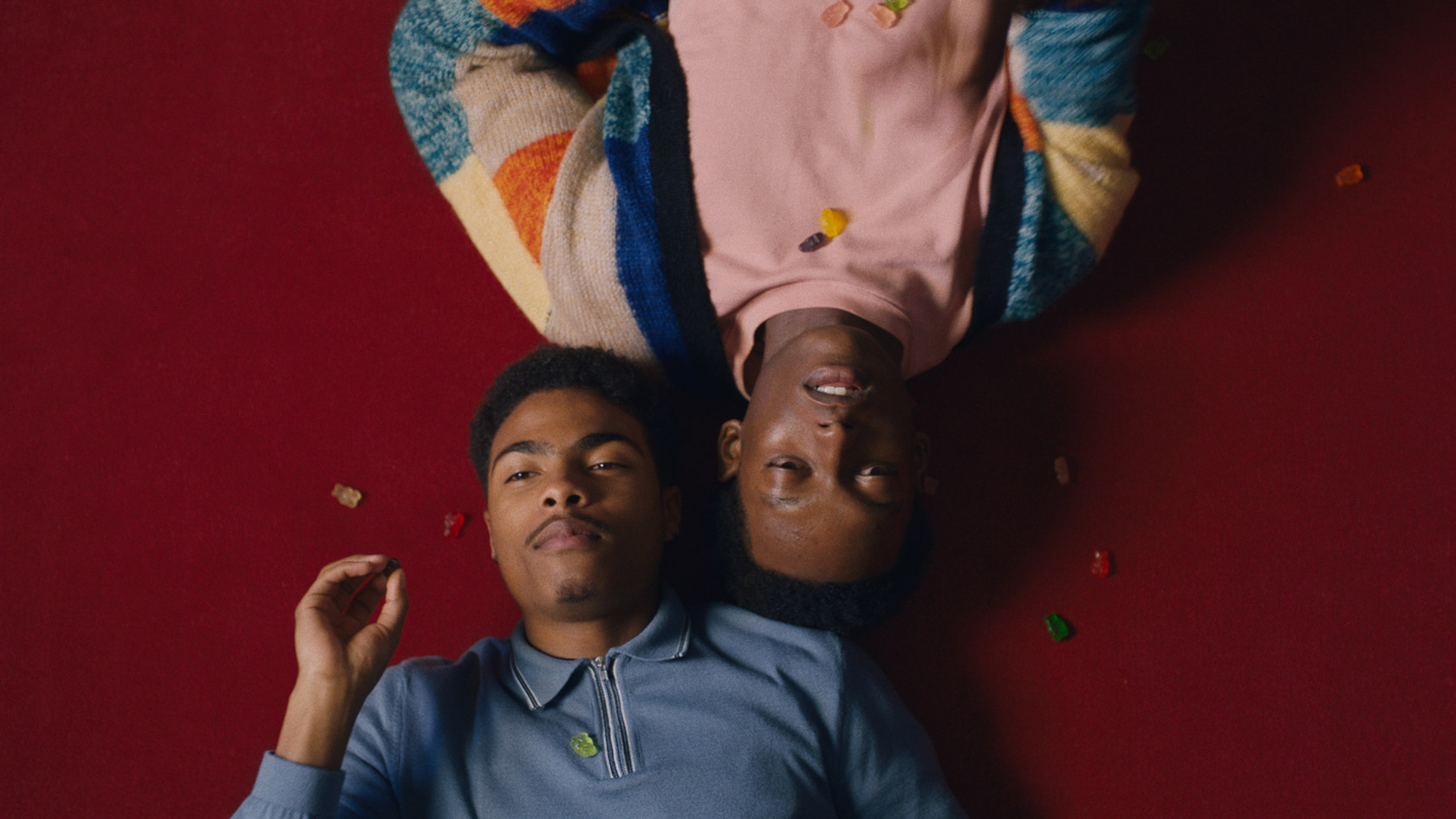
Tyler Mitchell - Photography
Tyler Mitchell, the brilliant young mind best known for photographing Beyonce for Vogue US’ 2018 September issue, has released a monograph titled I Can Make You Feel Good. Chronicling his work over the past few years, the book is an ode to Black freedom, rest, dreams and play.
Eschewing the traditional format of an art book, Mitchell instead opted to fill the pages with uncaptioned full-bleed images, with no concern for chronology or any formalised organisation. ‘We wanted to immerse the reader in this world and an important part of that was not giving a hierarchy to the images,’ Mitchell explains. The book articulates Mitchell’s vision of Black Utopia, one that is too expansive to be restricted by the rigid categories of a Western, white canon.
In I Can Make You Feel Good, Mitchell presents roughly 100 images, with occasional visual breaks in the form of abstracted close-ups and solid blocks of colour. The title of the book came to him through a Shalamar song playing at the airport in Atlanta (Mitchell’s hometown). It cuts straight to the bone of Mitchell’s goal and his work’s importance. ‘The sentiment is very direct,’ he says. The collection of images under this title are paired with an introduction by Tyler and four essays by art theorists who have played important roles in his professional and creative development. Mirjam Kooiman, the curator at the Foam Photography Museum in Amsterdam (where Mitchell recently had a solo show of the same title as his book), offers a meditation on the importance of creating and circulating images of Black bodies, created by Black people, and starts her essay off with a poignant Frederick Douglass quote. The abolitionist’s work in the 19th century is meaningful to Mitchell in that it is an early (perhaps the first) example of a Black American man using his own image to disseminate a very clear moral demand and to elicit empathy from an otherwise unfeeling public.
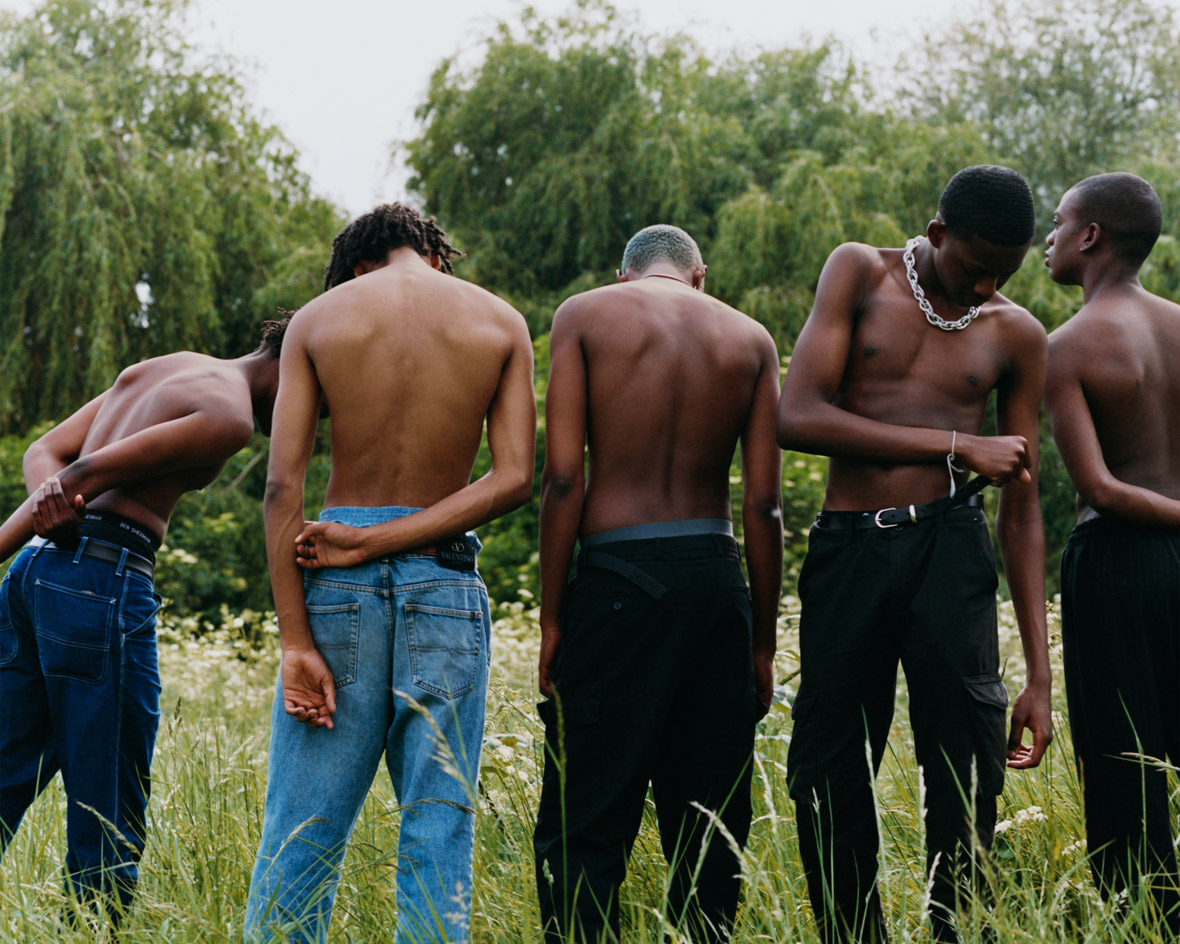
Tyler Mitchell, I Can Make You Feel Good (Prestel, 2020)
Isolde Brielmaier offers a formal analysis of Mitchell’s work and suggests the reader/viewer consider the power of the mundane. Deborah Willis, who taught Mitchell while he was studying photography at NYU, speaks to absence as a driving force in Mitchell’s call to create. Like any teenager in the early 2000s, Mitchell spent hours on Tumblr. This is where he first saw the images that would later influence his work. ‘They were basically images of youth, sensuous youth, enjoying themselves and being free. I really like that vision of young people [living] without any anxiety or stress. I was interested in centering a new protagonist within that narrative,’ he shares.
I really like that vision of young people [living] without any anxiety or stress. I was interested in centering a new protagonist within that narrative
An interview between curator Hans Ulrich Obrist and Mitchell at the end of the book highlights the fluidity of Mitchell’s practice, which seamlessly traverses the worlds of fashion, art and film. Mitchell unpacks the importance of imagination and how it can bring about new realities. He reinforces this belief in our own conversation: ‘The imaginary is incredibly important. The Black imagination is the biggest superpower we have [as a group].’ Through the imagined spaces and scenes in I Can Make You Feel Good, Mitchell expands the possibilities for existing as a Black youth.
The chosen photographs span Mitchell’s short, but relatively prolific career to date, including work from ‘the glossies’ as he refers to them – high fashion print magazines – as well as personal projects and commissions. They are vibrant, colourful and saturated, pulling the viewer into Mitchell’s world. A world where young Black people can play without disturbance, explore without restrictions and display affection without the fear of ridicule. His universe is a salve for the frayed nerves and state-sanctioned exhaustion that frequently overwhelm the Black community, from childhood to old age.
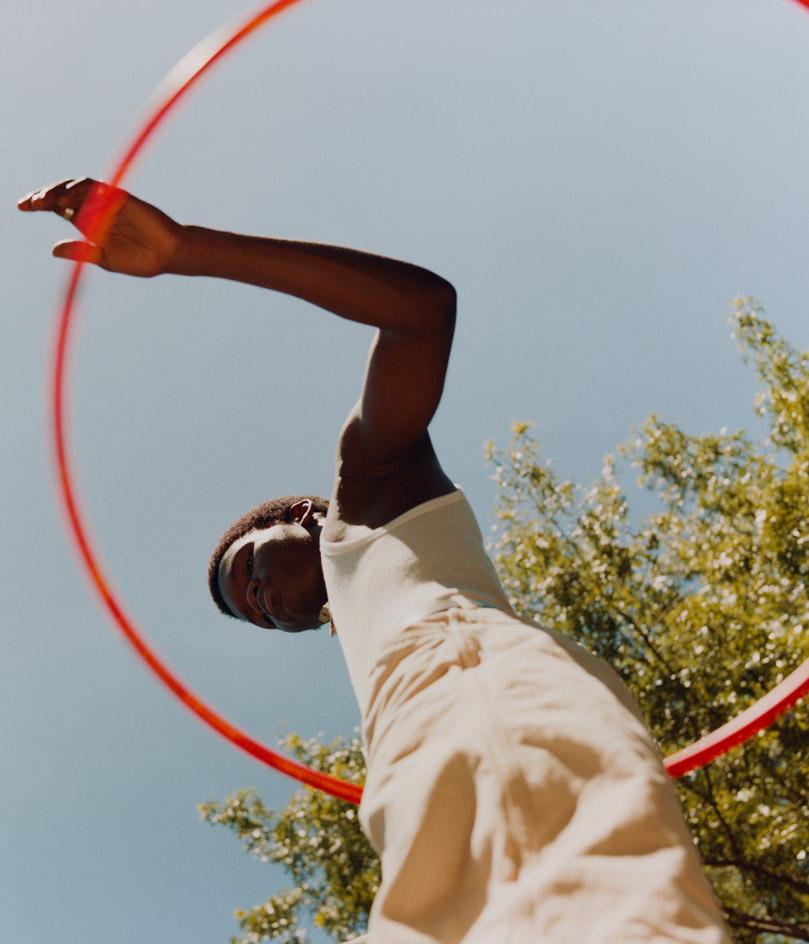
Tyler Mitchell, I Can Make You Feel Good (Prestel, 2020)
Mitchell’s cast of characters is carefree. Not performative in any way. Existing for themselves and their brethren. In one image, two Black male presenting figures lie in a yin yang like formation, one mid toss with a gummy bear in hand. The treats are scattered around the heads and chests of both people, wasted and enjoyed. Scarcity doesn’t exist within this world. In another image, a trio lie outfitted in neutrals, on a traditionally red and white gingham picnic blanket. They look satiated and at rest, perhaps post-meal. Their slightly formal, but rumpled, attire suggests that public and untimed rest is the norm for them. Elsewhere in the book we see Black youth in the midst of various games or exercises, keeping a hula hoop balanced at mid-waist, dancing, swinging, jump roping (a particularly nostalgic nod to Black childhood) and skateboarding (which Mitchell grew up doing).
Though not his first book, I Can Make You Feel Good is perhaps Mitchell’s most important and gorgeous. His vision of a Black Elysium is suspended somewhere between past, present and future – a desperately needed reprieve from the difficulties of modern life, enjoyable from wherever you stand, somehow uplifting, playful and serious all at once.
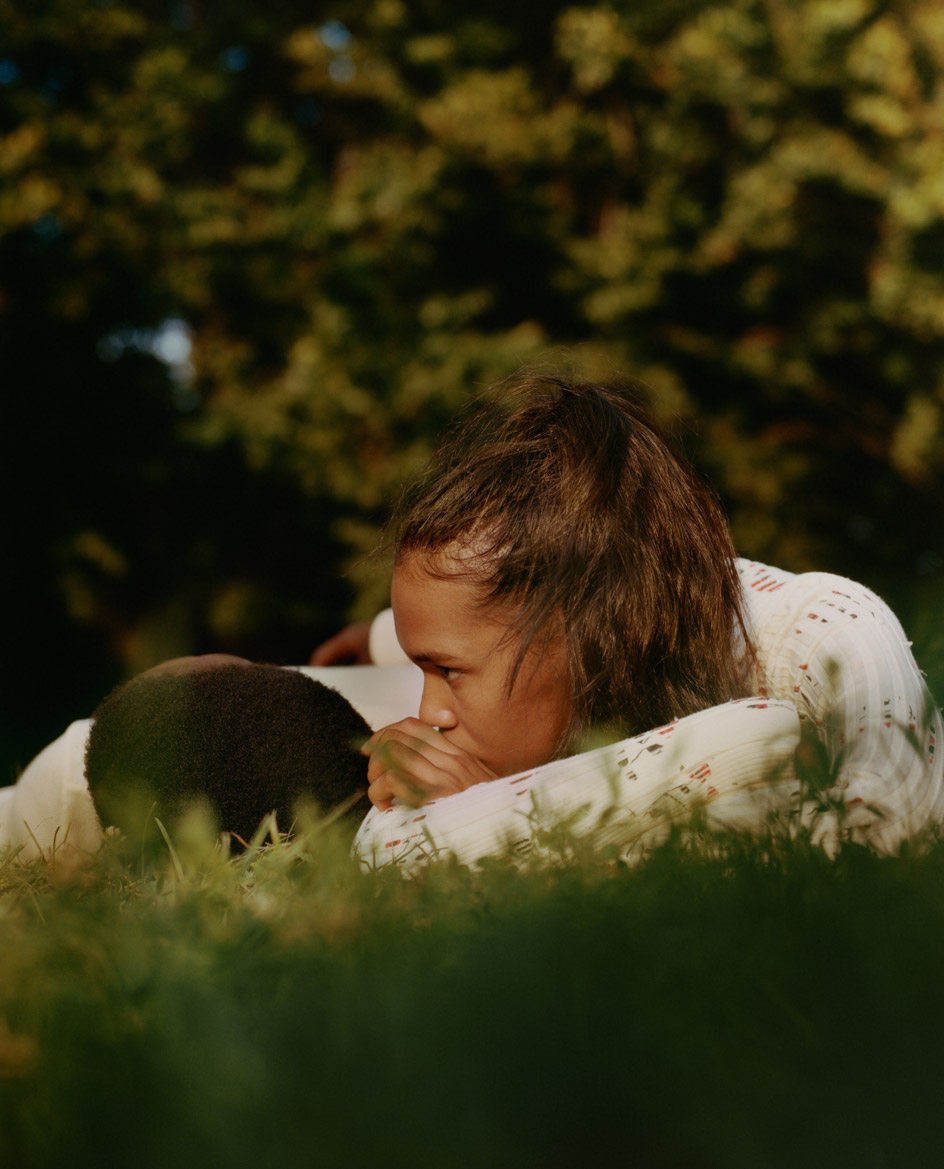
Tyler Mitchell, I Can Make You Feel Good (Prestel, 2020)
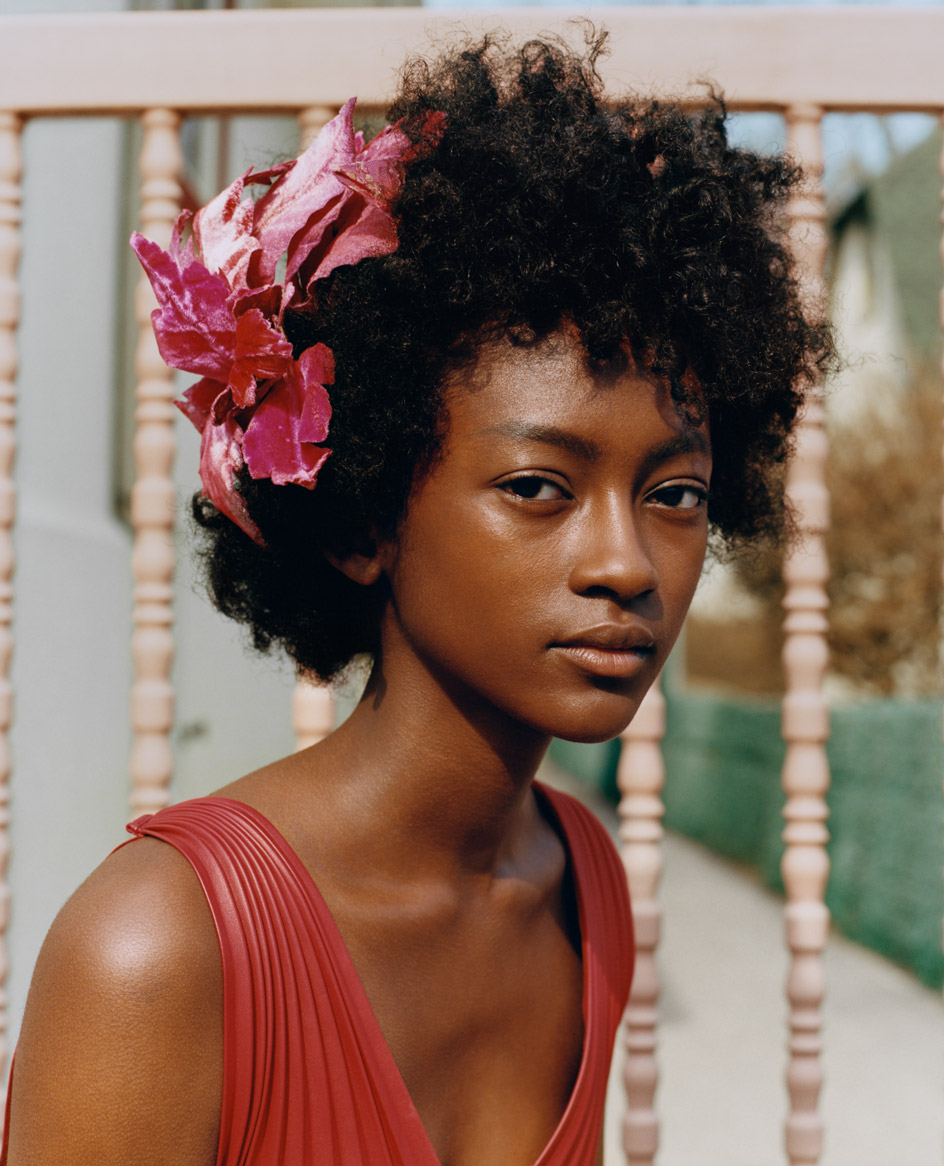
Tyler Mitchell, I Can Make You Feel Good (Prestel, 2020)
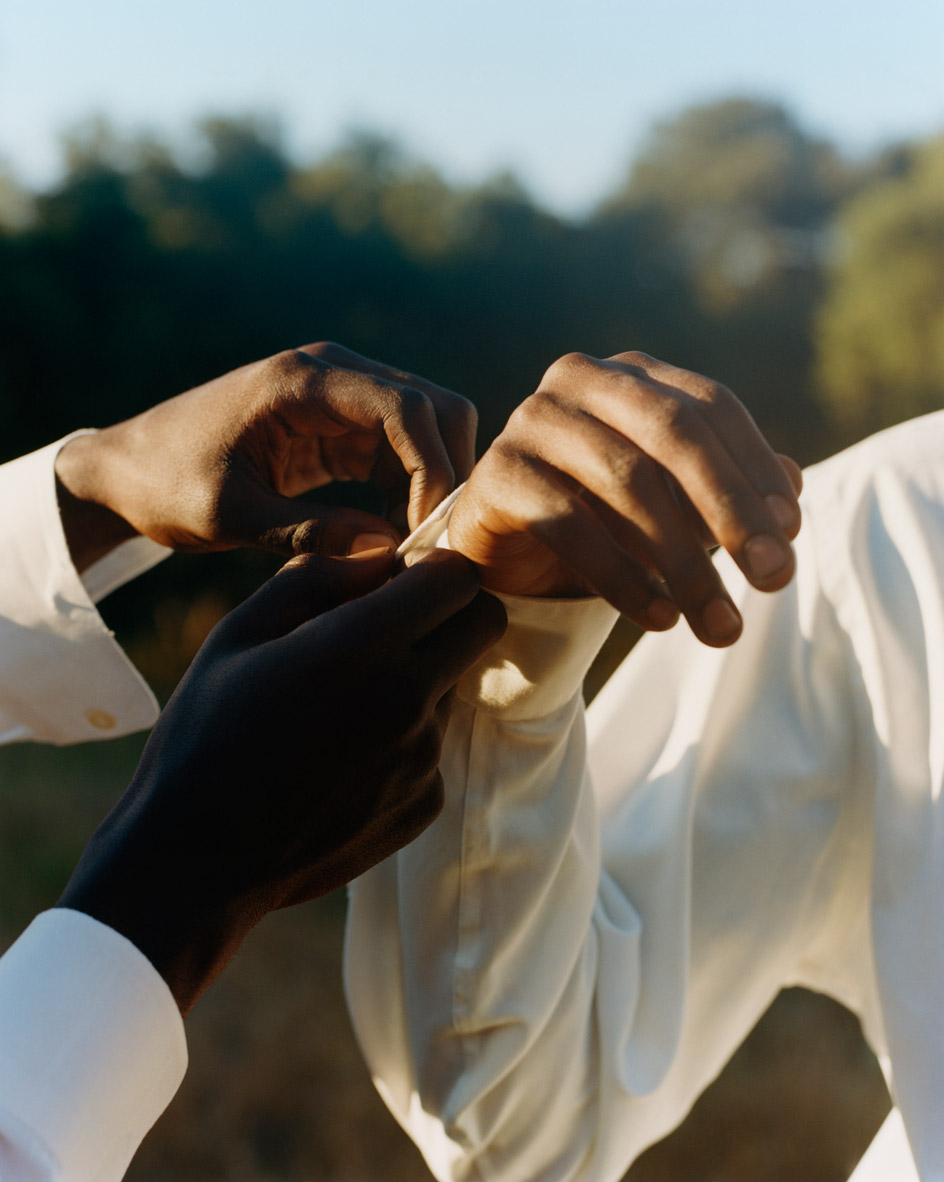
INFORMATION
I Can Make You Feel Good (published by Prestel, $60 / £45), available from 4 August. tylermitchell.co; icmyfg.com
Wallpaper* Newsletter
Receive our daily digest of inspiration, escapism and design stories from around the world direct to your inbox.
-
 Nikos Koulis brings a cool wearability to high jewellery
Nikos Koulis brings a cool wearability to high jewelleryNikos Koulis experiments with unusual diamond cuts and modern materials in a new collection, ‘Wish’
By Hannah Silver
-
 A Xingfa cement factory’s reimagining breathes new life into an abandoned industrial site
A Xingfa cement factory’s reimagining breathes new life into an abandoned industrial siteWe tour the Xingfa cement factory in China, where a redesign by landscape specialist SWA Group completely transforms an old industrial site into a lush park
By Daven Wu
-
 Put these emerging artists on your radar
Put these emerging artists on your radarThis crop of six new talents is poised to shake up the art world. Get to know them now
By Tianna Williams
-
 Leonard Baby's paintings reflect on his fundamentalist upbringing, a decade after he left the church
Leonard Baby's paintings reflect on his fundamentalist upbringing, a decade after he left the churchThe American artist considers depression and the suppressed queerness of his childhood in a series of intensely personal paintings, on show at Half Gallery, New York
By Orla Brennan
-
 Desert X 2025 review: a new American dream grows in the Coachella Valley
Desert X 2025 review: a new American dream grows in the Coachella ValleyWill Jennings reports from the epic California art festival. Here are the highlights
By Will Jennings
-
 In ‘The Last Showgirl’, nostalgia is a drug like any other
In ‘The Last Showgirl’, nostalgia is a drug like any otherGia Coppola takes us to Las Vegas after the party has ended in new film starring Pamela Anderson, The Last Showgirl
By Billie Walker
-
 ‘American Photography’: centuries-spanning show reveals timely truths
‘American Photography’: centuries-spanning show reveals timely truthsAt the Rijksmuseum in Amsterdam, Europe’s first major survey of American photography reveals the contradictions and complexities that have long defined this world superpower
By Daisy Woodward
-
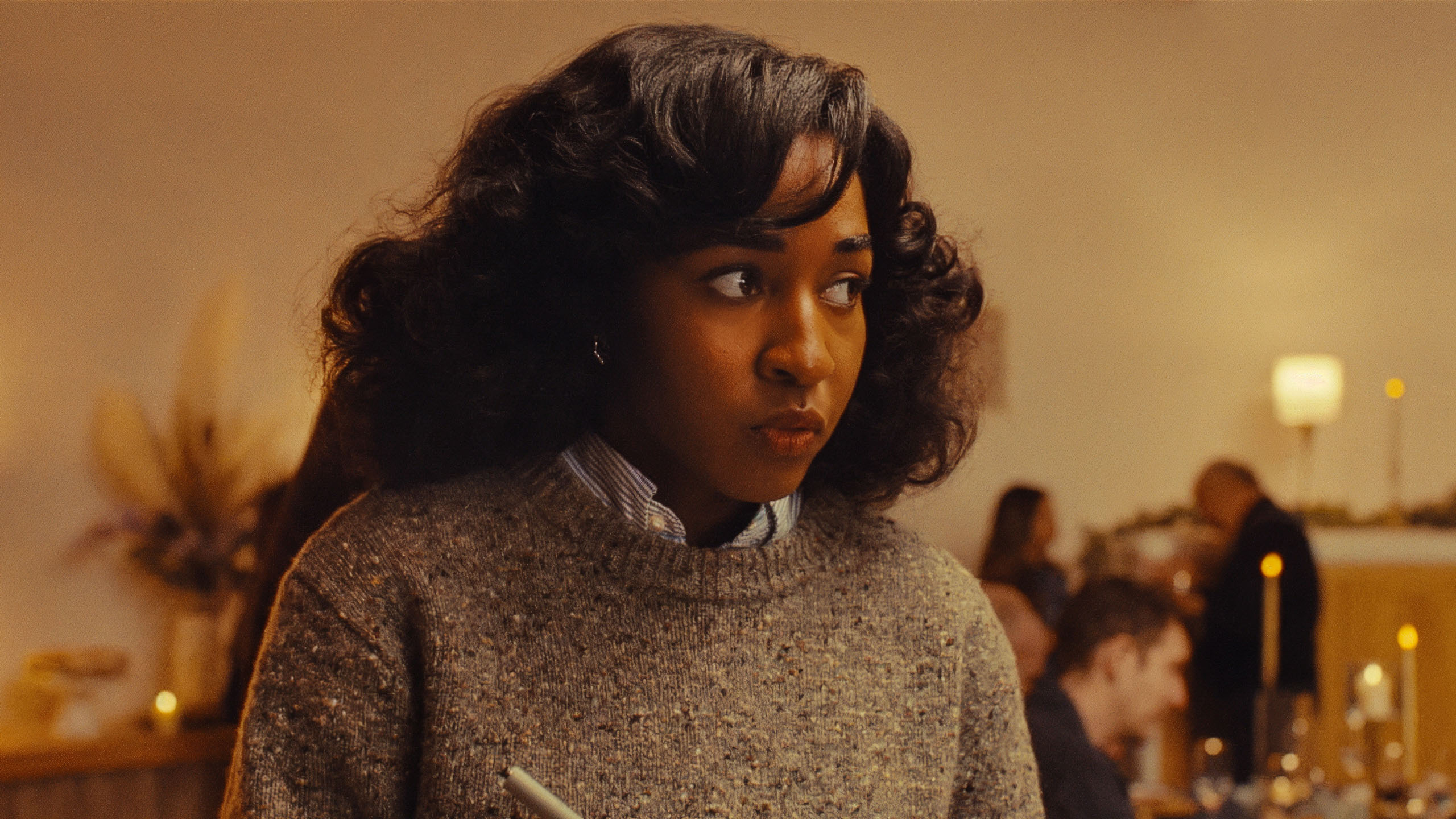 Sundance Film Festival 2025: The films we can't wait to watch
Sundance Film Festival 2025: The films we can't wait to watchSundance Film Festival, which runs 23 January - 2 February, has long been considered a hub of cinematic innovation. These are the ones to watch from this year’s premieres
By Stefania Sarrubba
-
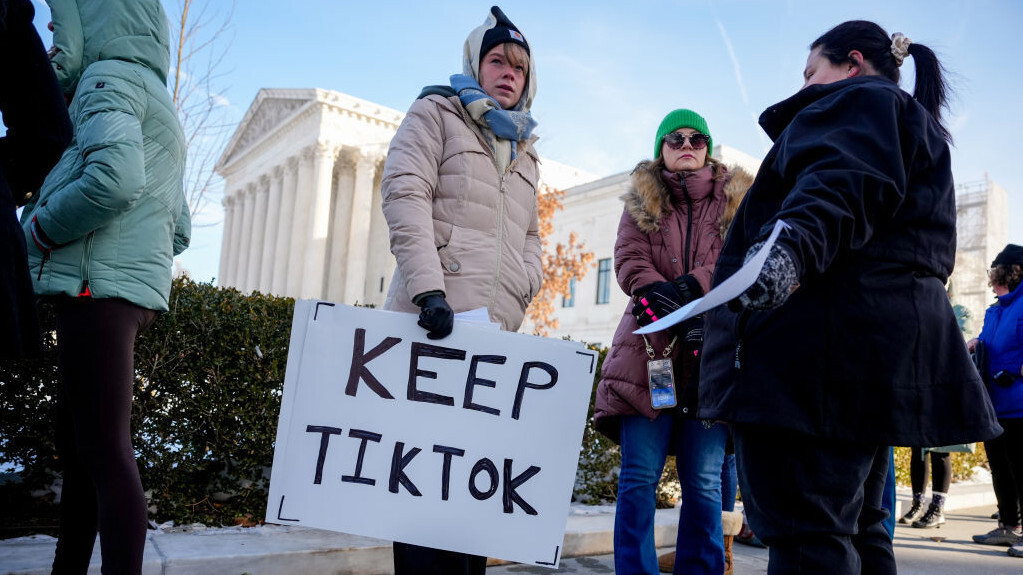 What is RedNote? Inside the social media app drawing American users ahead of the US TikTok ban
What is RedNote? Inside the social media app drawing American users ahead of the US TikTok banDownloads of the Chinese-owned platform have spiked as US users look for an alternative to TikTok, which faces a ban on national security grounds. What is Rednote, and what are the implications of its ascent?
By Anna Solomon
-
 Architecture and the new world: The Brutalist reframes the American dream
Architecture and the new world: The Brutalist reframes the American dreamBrady Corbet’s third feature film, The Brutalist, demonstrates how violence is a building block for ideology
By Billie Walker
-
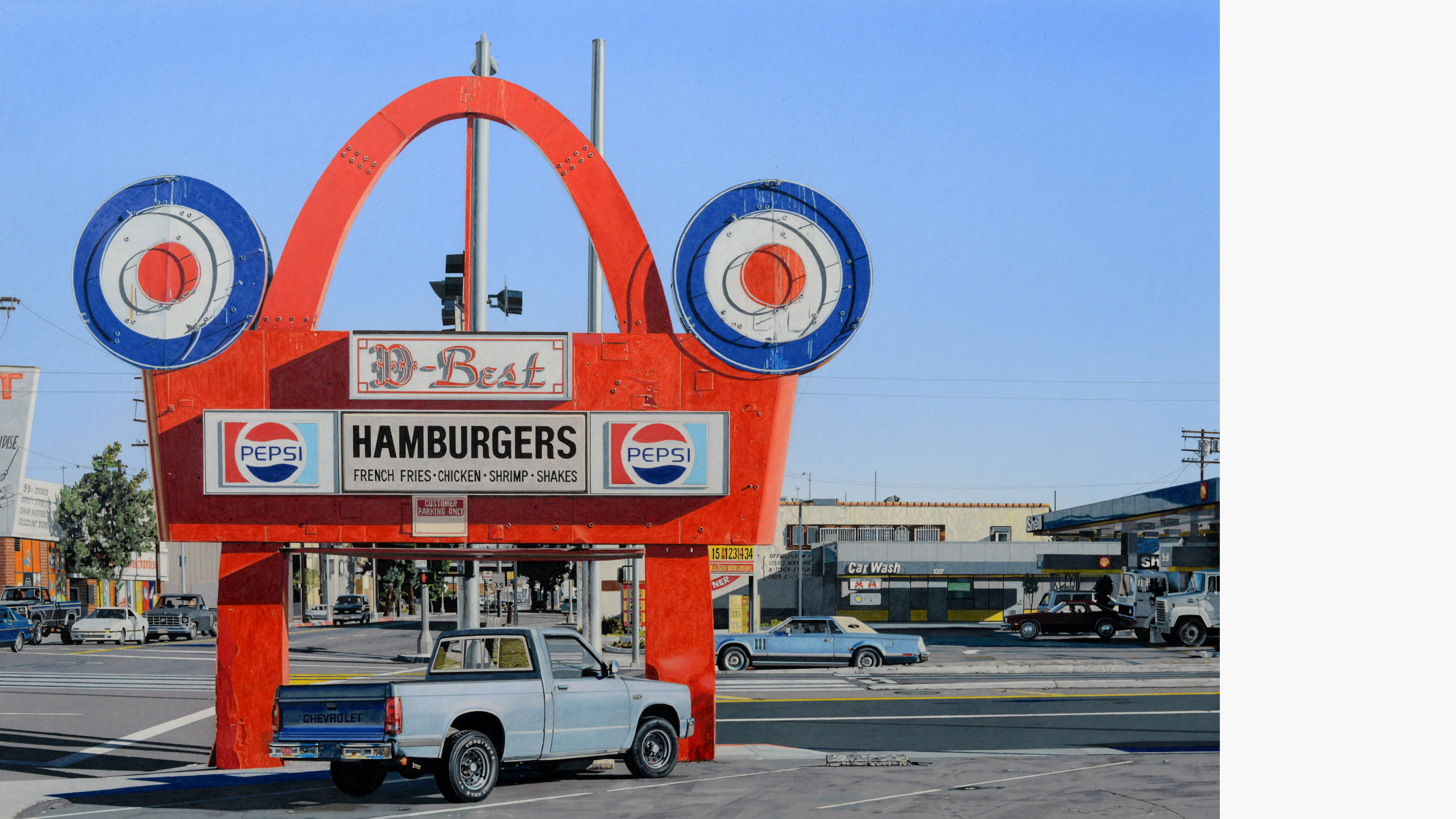 ‘Gas Tank City’, a new monograph by Andrew Holmes, is a photorealist eye on the American West
‘Gas Tank City’, a new monograph by Andrew Holmes, is a photorealist eye on the American West‘Gas Tank City’ chronicles the artist’s journey across truck-stop America, creating meticulous drawings of fleeting moments
By Jonathan Bell